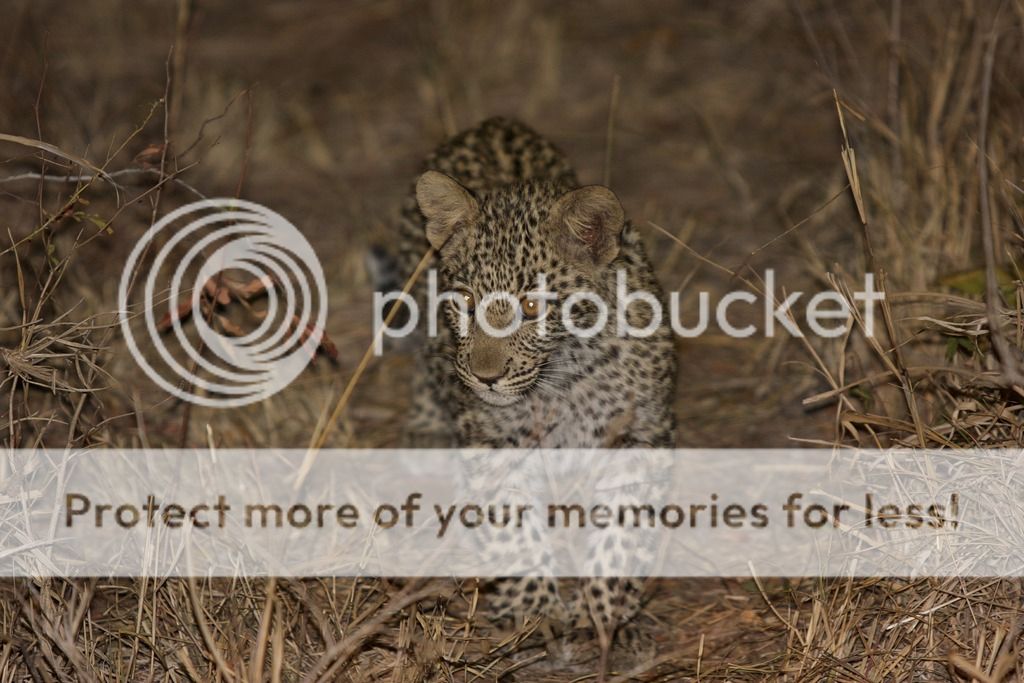Standard Information
Make: Canon
Model: Canon EOS 40D
Software: Photos 1.0.1
ImageSize: 1024x683
ComponentsConfiguration: Y, Cb, Cr, -
CreateDate: 2015:08:04 17:08:33
ModifyDate: 2015:08:04 17:08:33
DateTimeOriginal: 2015:08:04 17:08:33
ExposureTime: 1/60"
Aperture: F3.2
MaxAperture: F2.7
CircleOfConfusion: 0.019 mm
HyperfocalDistance: 673.46 m
ExposureProgram: Program AE
ExposureBiasValue: -1/3
MeteringMode: Multi-segment
Flash: On, Fired
ISO: 400
WhiteBalance: Auto
FocalLength: 200.0 mm
FocalLength35efl: 200.0 mm (35 mm equivalent: 323.8 mm)
ColorSpace: sRGB
GPS Information
Other Information
ApertureValue: 3.2
BitsPerSample: 8
BlueMatrixColumn: 0.14307 0.06061 0.7141
CMMFlags: Not Embedded, Independent
ColorComponents: 3
ColorSpaceData: RGB
ConnectionSpaceIlluminant: 0.9642 1 0.82491
CreatorTool: Photos 1.0.1
CurrentIPTCDigest: d41d8cd98f00b204e9800998ecf8427e
CustomRendered: Normal
DateCreated: 2015:08:04 17:08:33
DeviceAttributes: Reflective, Glossy, Positive, Color
DeviceManufacturer: IEC
DeviceMfgDesc: IEC
http://www.iec.ch
DeviceModel: sRGB
DeviceModelDesc: IEC 61966-2.1 Default RGB colour space - sRGB
EncodingProcess: Baseline DCT, Huffman coding
ExifByteOrder: Big-endian (Motorola, MM)
ExifImageHeight: 2592
ExifImageWidth: 3888
ExifVersion: 0221
ExposureMode: Auto
FNumber: 3.2
FOV: 6.4 deg
FileModifyDate: 2015:09:06 23:50:28+01:00
FileName: IMG_3770.jpg
FileSize: 202 kB
FileType: JPEG
Firmware: Firmware Version 1.1.1
FlashCompensation: 0
FlashpixVersion: 0100
FocalPlaneResolutionUnit: inches
FocalPlaneXResolution: 4438.355556
FocalPlaneYResolution: 4445.969231
GreenMatrixColumn: 0.38515 0.71687 0.09708
IPTCDigest: d41d8cd98f00b204e9800998ecf8427e
ImageHeight: 683
ImageWidth: 1024
JFIFVersion: 1.01
Lens: Canon EF 70-200mm f/2.8L IS
LensID: 224
LensInfo: 70/1 200/1 0/0 0/0
LightValue: 7.3
Luminance: 76.03647 80 87.12462
MaxApertureValue: 2.7
MeasurementBacking: 0 0 0
MeasurementFlare: 0.999%
MeasurementGeometry: Unknown (0)
MeasurementIlluminant: D65
MeasurementObserver: CIE 1931
MediaBlackPoint: 0 0 0
MediaWhitePoint: 0.95045 1 1.08905
Orientation: Horizontal (normal)
PrimaryPlatform: Microsoft Corporation
ProfileCMMType: Lino
ProfileClass: Display Device Profile
ProfileConnectionSpace: XYZ
ProfileCopyright: Copyright (c) 1998 Hewlett-Packard Company
ProfileCreator: HP
ProfileDateTime: 1998:02:09 06:49:00
ProfileDescription: sRGB IEC61966-2.1
ProfileFileSignature: acsp
ProfileID: 0
ProfileVersion: 2.1.0
RedMatrixColumn: 0.43607 0.22249 0.01392
RenderingIntent: Perceptual
ResolutionUnit: inches
ScaleFactor35efl: 1.6
SceneCaptureType: Standard
SerialNumber: 410111928
ShutterSpeed: 1/60
ShutterSpeedValue: 1/64
SubSecCreateDate: 2015:08:04 17:08:33.01
SubSecDateTimeOriginal: 2015:08:04 17:08:33.01
SubSecModifyDate: 2015:08:04 17:08:33.01
SubSecTime: 01
SubSecTimeDigitized: 01
SubSecTimeOriginal: 01
Technology: Cathode Ray Tube Display
ViewingCondDesc: Reference Viewing Condition in IEC61966-2.1
ViewingCondIlluminant: 19.6445 20.3718 16.8089
ViewingCondIlluminantType: D50
ViewingCondSurround: 3.92889 4.07439 3.36179
XMPToolkit: XMP Core 5.4.0
XResolution: 72
YCbCrSubSampling: YCbCr4:2:0 (2 2)
YResolution: 72
There you are BB


